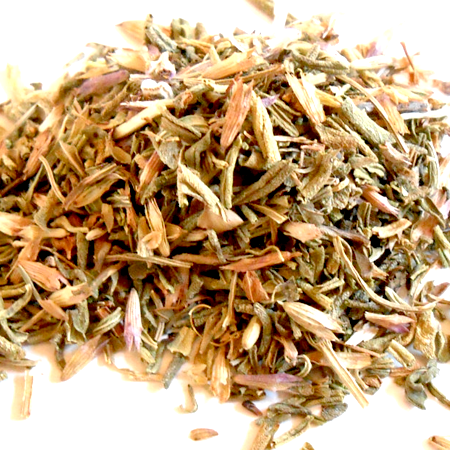

Botanical name Hyssopus officinalis L
Family Lamiaceae
Source Aerial parts
Origin Spain
Processing Method Steam Distillation
Color/Consistency A thin, pale yellow to yellow liquid.
Aromatic Summary / Note / Strength of Aroma A top note with a medium aroma, Hyssop Essential Oil has a sweetly medicinal scent that many find appealing.
Blends With Eucalyptus, Ravensara, Niaouli, Cajeput and Myrtle.
Product Abstract
The major environmental abiotic stresses are soil salinity and droughts, the high levels of sodium which are toxic to most varieties of plants species, and more importantly affect plant growth and limit the plants yield capacity. Medicinal plants of recent have received much attention, Hyssopus officinalis has been known as a culinary and medicinal herb for hundreds of years, it is cultivated globally. At presently there is no available research on this plants reaction to soil salinity levels.
History
It has a hairy, woody stem, small lance-shaped green leaves and purple-blue flowers. Well used in ancient times, Hyssop was referred to in the Bible for its cleansing effect in connection with disease. It was used for purifying sacred places and during the Middle Ages, as a strewing herb to ward off lice.
Harvesting/Extraction Information
Once the stalks are cut, they are collected and dried either stacked on pallets to allow for draining or hung to dry. The actual drying process takes place in a cool, dry, well-ventilated area, where the materials are mixed several times to ensure even drying. Drying herbs are kept from exposure to the sun to prevent discoloration and oxidation. The drying process takes approximately six days in its entirety. Once dried, the leaves are removed and both components, leaves and flowers, are chopped finely. The final dried product weighs a third of the initial fresh weight and can be stored for up to 18 months.
Common Usage
Caution
Due to the presence of pinocamphon in this oil, please consult a physician prior to use. Dilute before use; for external use only. May cause skin irritation in some individuals; a skin test is recommended prior to use. Contact with eyes should be avoided.
Key constituents
Linalool 48.0–51.7%
1,8-Cineole 12.3–14.9%
(þ)-Limonene 5.0–6.0%
g-Pinene 2.9–3.3%
Caryophyllene oxide 1.7–3.2%
a-Pinene 2.2–2.5%
Camphene 1.7–2.0%
b-Myrcene 1.3–1.7%
Isopinocamphone 1.0–1.5%
b-Bourbonene 1.0–1.2%
Sabinene 0.8–1.0%
Pinocamphone 0.5–1.0%
Safety summary
Hazards None known.
Contraindications None known.
Regulatory guidelines
According to IFRA, essential oils rich in linalool should only be used when the level of peroxides is kept to the lowest practical value. The addition of antioxidants such as 0.1% BHT or a-tocopherol at the time of production is recommended.
Organ-specific effects
Adverse skin reactions No information found. Oxidation products of linalool may be skin sensitizing, but 1,8-cineole has antioxidant properties.
Systemic effects
Acute toxicity No information found. Neither linalool nor 1,8-cineole is toxic.
Carcinogenic/anticarcinogenic potential No information found. Neither linalool nor 1,8-cineole is carcinogenic; (þ)- limonene is antitumoral.
Comments
The very low content of pinocamphones means that this chemotype of hyssop oil will not possess the kind of GABAA receptor inhibitory neurotoxicity normally associated with hyssop oils especially since linalool,
a-pinene and b-pinene potentiate GABAA receptormediated responses, and so would counter pinocamphone toxicity.